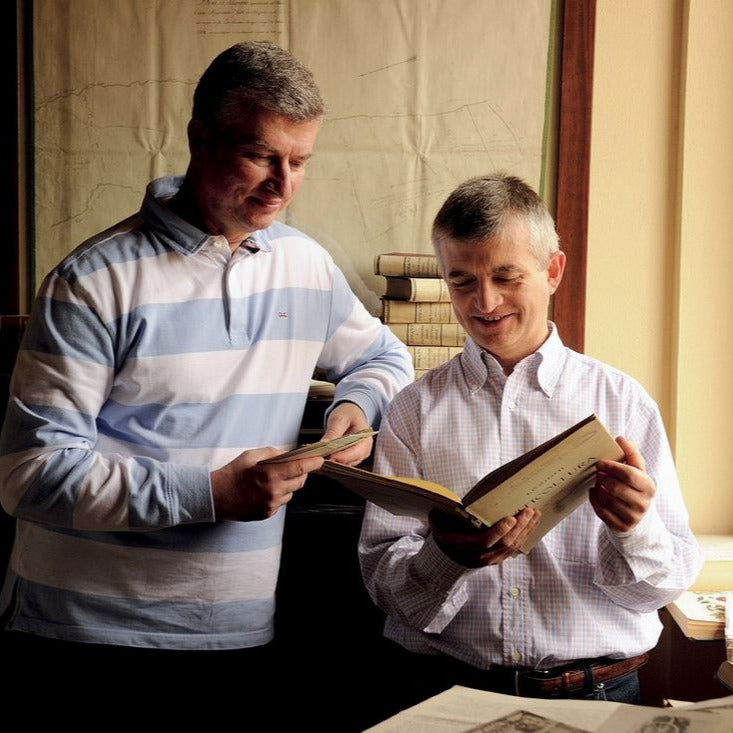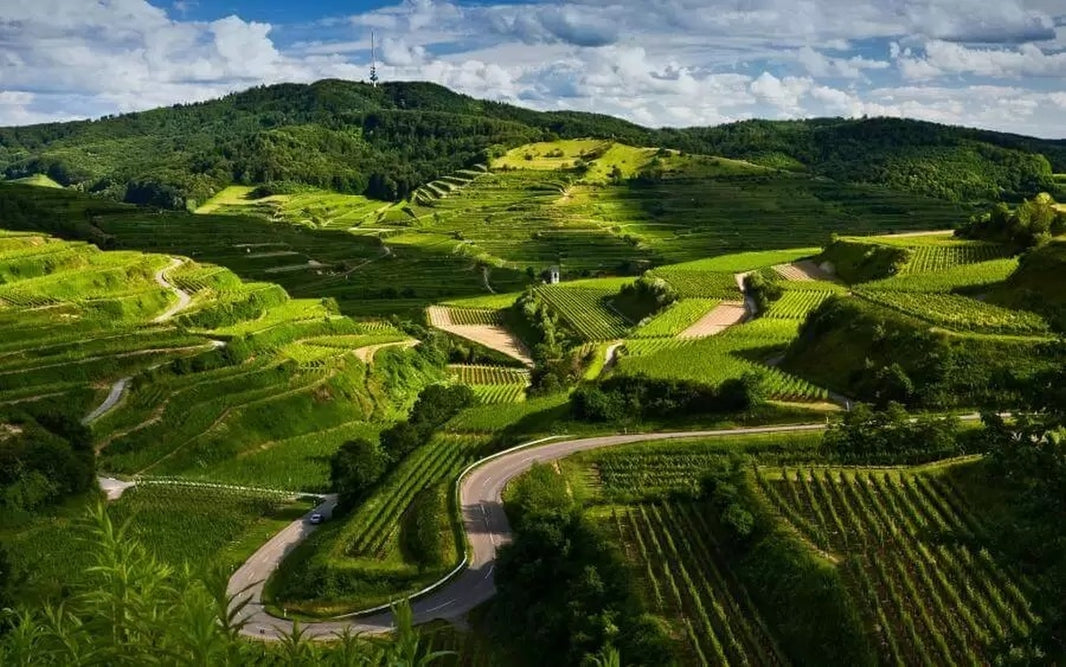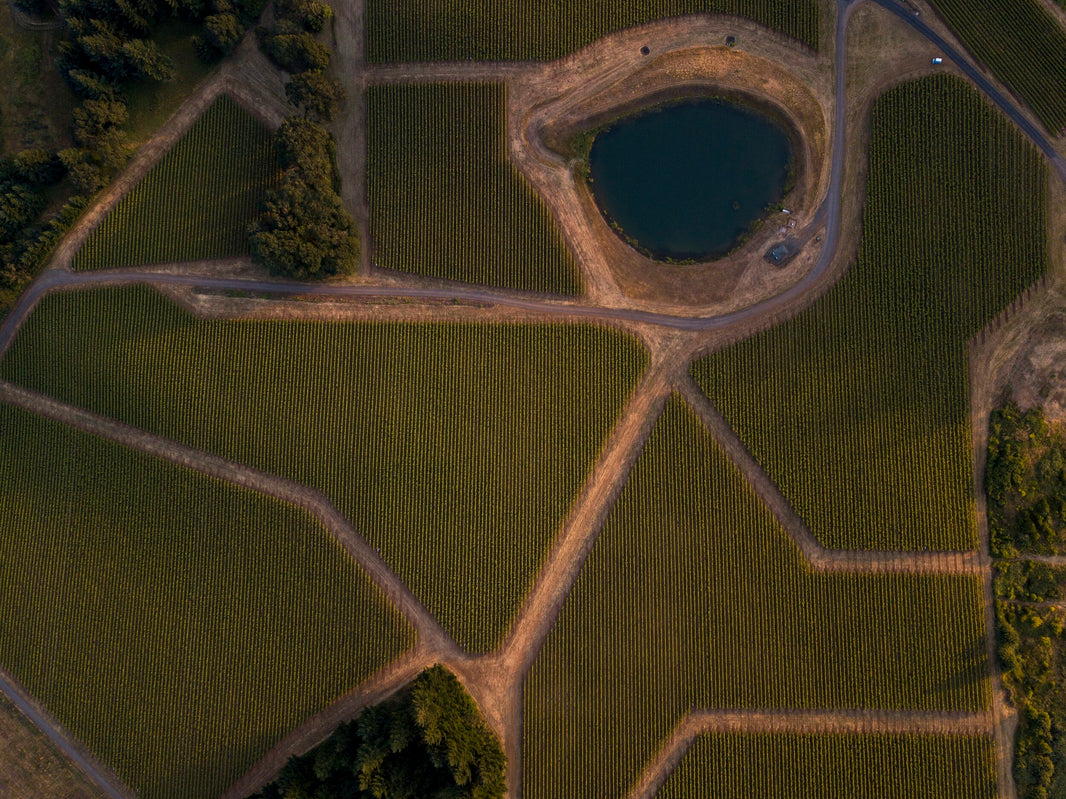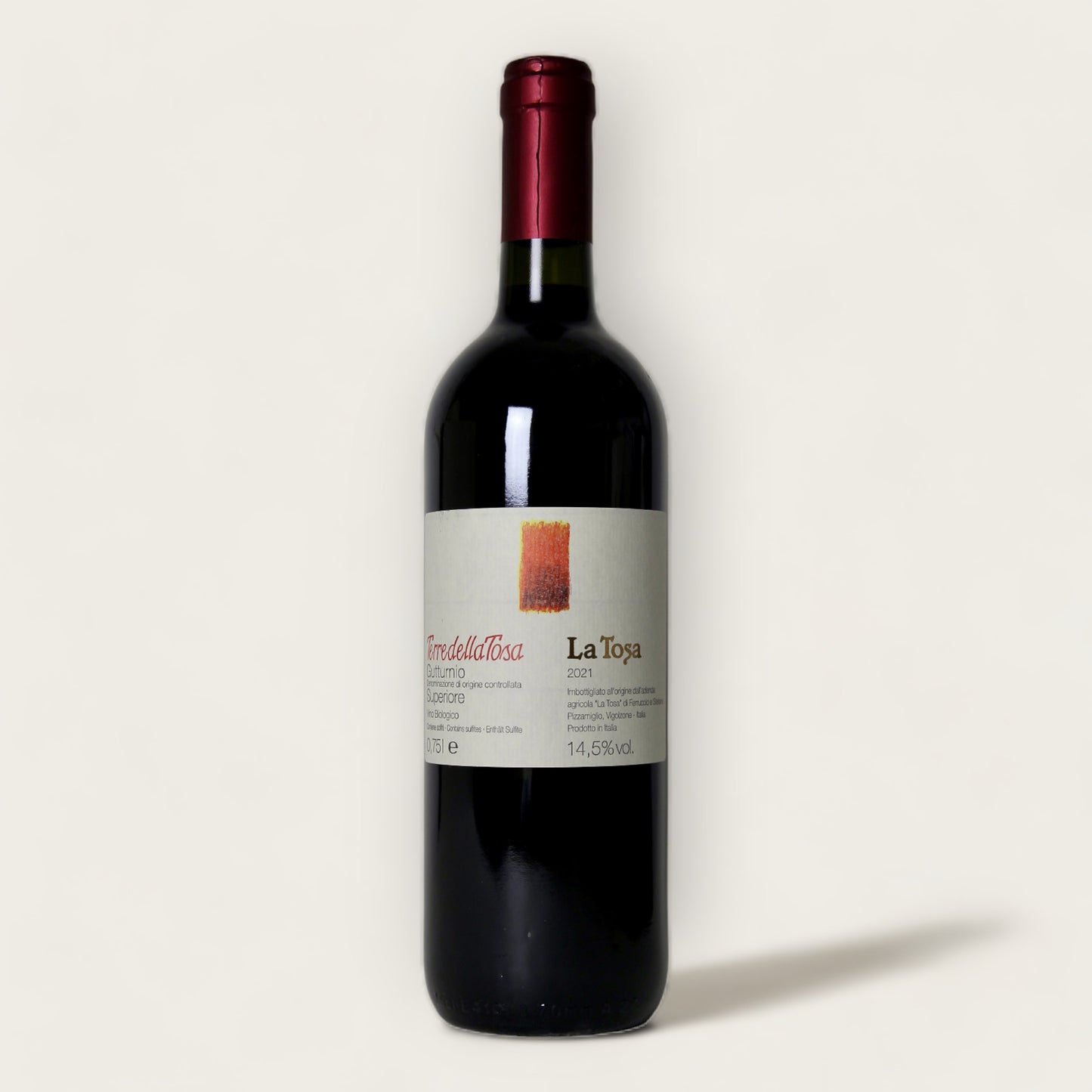Stay up-to-date with the latest news, exclusive promotions, and exciting events by subscribing to our newsletter! Sign up now and receive a 10% discount on your first purchase. Don't miss out on this great opportunity to stay connected with us and get access to special offers!
Terre della Tosa Gutturnio DOC Superiore - 2021
- Tax included.
Terre della Tosa Gutturnio, is a classic blend born from a project initiated in 1988, dedicated to creating wines with immediate freshness, complexity, and structure. Crafted with Barbera and Bonarda grapes, this still red wine reflects the authentic aromas and character of the Gutturnio DOC.
Since the 2012 harvest, La Tosa is committed to a sulfite-free winemaking process, enhancing the wine's natural, healthy quality and clean, crisp aroma. The journey begins with a late September/early October harvest, followed by a 6-day skin crushing and fermentation at 26-28°C. Maturation on the lees with batonages ensures a well-rounded flavor, with no clarification and no additional sulfites added during winemaking or bottling. Versatile and ready to be enjoyed immediately or aged for up to 10 years.
Grape Variety:
Alcohol: 14.5%
Serving Termperature °C: 12-14°C
Ageing Potential: 5-10 years
Terroir: Colli Piacentini

La Tosa

Colli Piacentini

Emilia Romagna


